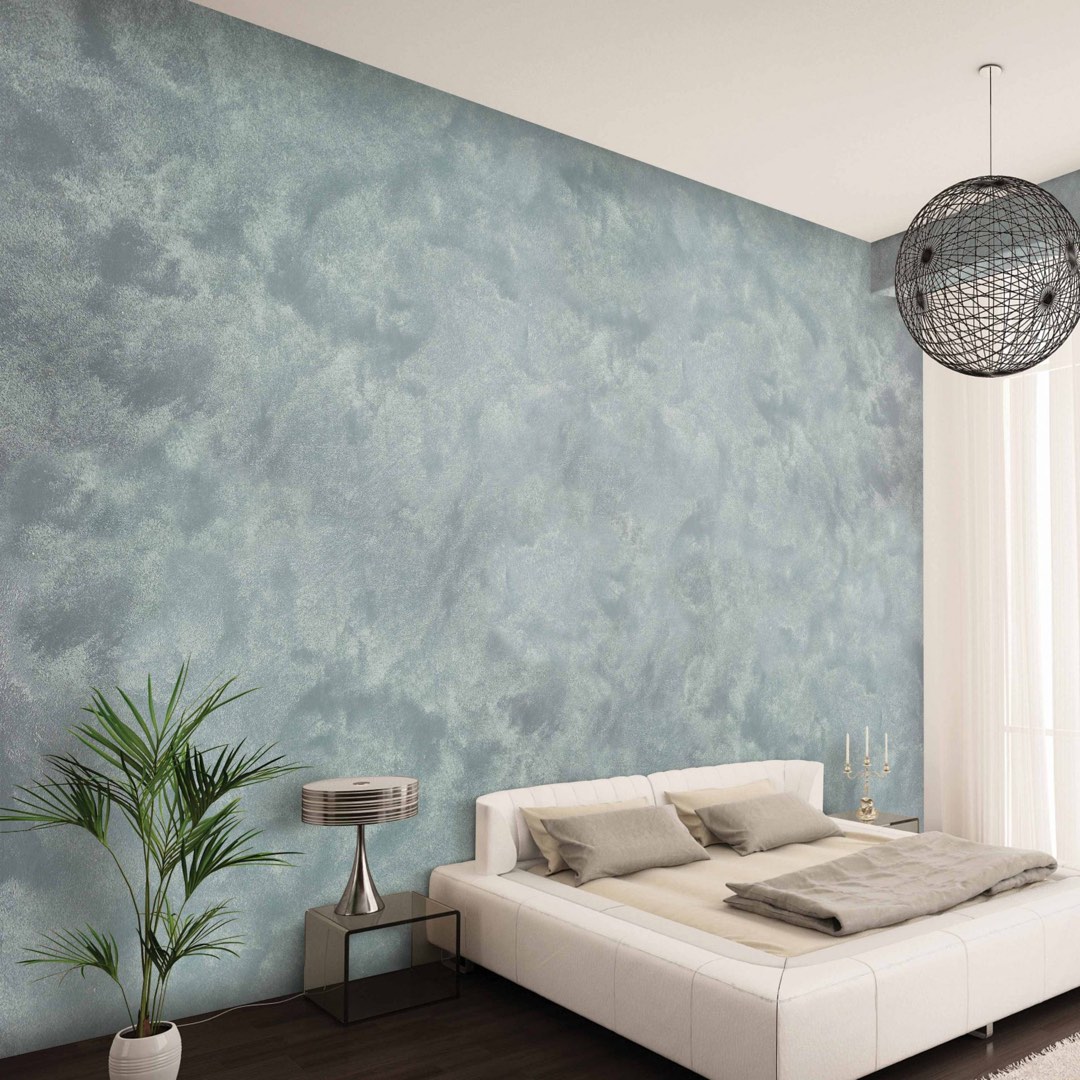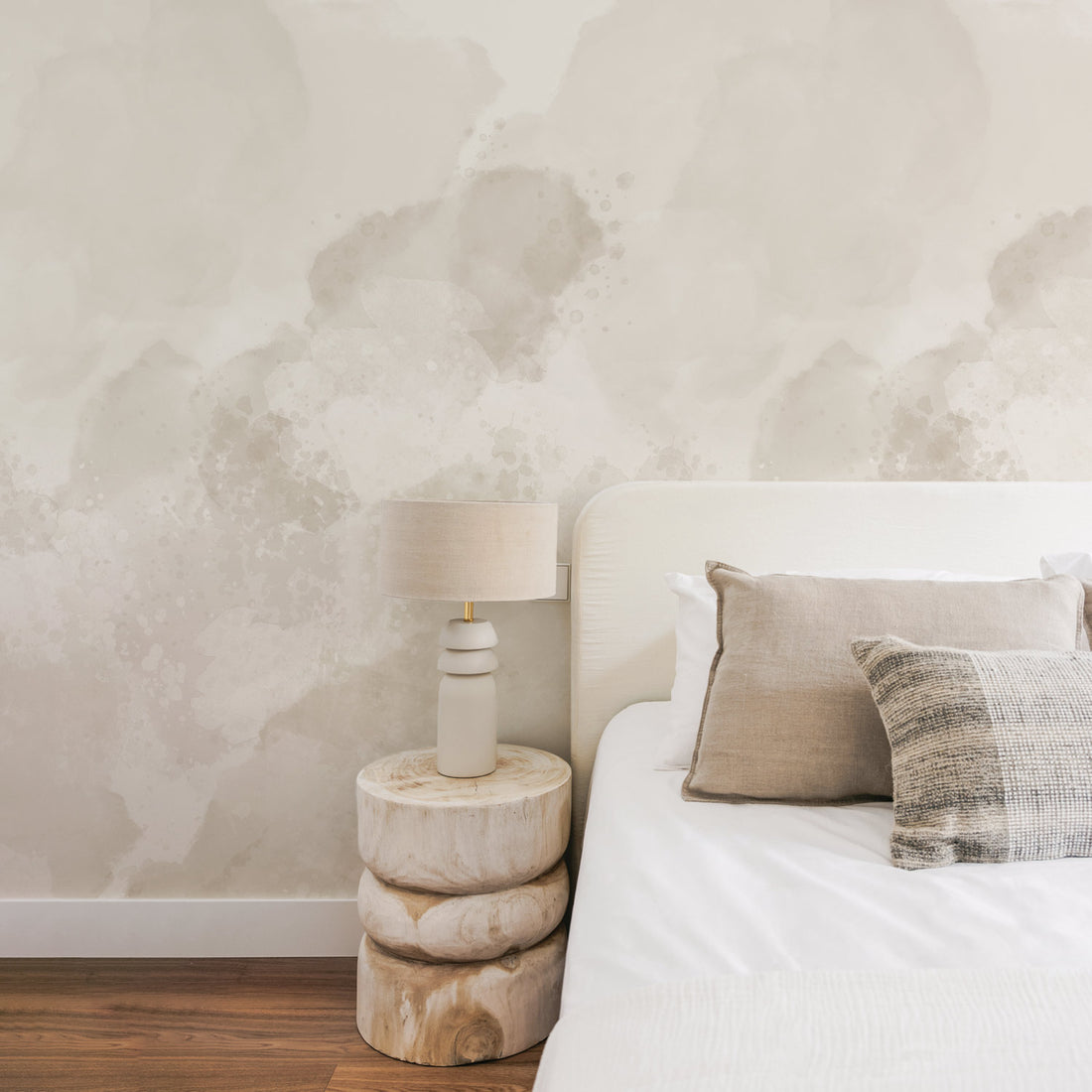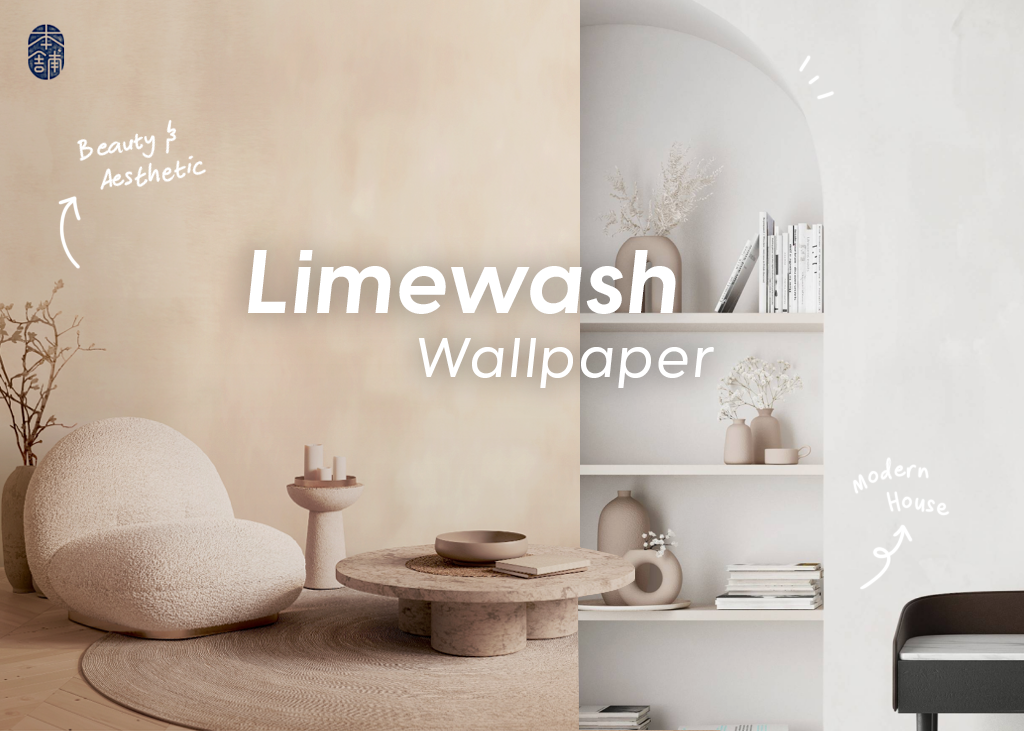Line Wash Paint
The Ultimate Guide to Line Wash Paint: Transform Your Project Today!
Hey there! If you've landed here, chances are you're looking to give your walls, furniture, or craft projects that coveted, subtly textured, and beautifully aged look. Well, you've come to the right place! We're diving deep into the world of Line Wash Paint—a technique and product type that offers stunning results without requiring you to be a professional painter.
Line Wash Paint isn't just a trend; it's a versatile finishing method that brings depth and character to any surface. Whether you aim for a rustic farmhouse feel, a breezy coastal vibe, or just want to soften a stark modern space, understanding how to apply a line wash is your key to success. We'll walk you through everything, from the basic definition to step-by-step application.
What Exactly is Line Wash Paint?
At its core, a line wash is a diluted paint application designed to be translucent rather than opaque. Unlike a standard coat of paint that completely hides the surface underneath, the wash technique allows the original color or texture to subtly show through, creating a soft, layered effect.
The term "Line Wash Paint" specifically refers to the resulting aesthetic where subtle, often vertical or linear, streaks and variations appear due to the uneven way the diluted material settles and is wiped away. Think of the beautiful, weathered appearance of old plaster or sun-bleached wood—that's the look we're aiming for.
Typically, the wash material is heavily watered down, sometimes up to a 1:4 paint-to-water ratio, depending on the desired opacity and the type of paint used (e.g., acrylic, mineral, or chalk paint). This technique provides an incredibly forgiving way to introduce color without the commitment of a solid, permanent finish.
Why Choose Line Wash Paint for Your Project?
If you're tired of flat, one-dimensional finishes, a line wash is the perfect solution. It adds instantaneous history and depth to new materials, making them feel softer and more integrated into the space. This technique is especially popular for accent walls, cabinetry, and even concrete floors.
One major benefit is how easily you can control the intensity. Want just a hint of color? Dilute it more. Need a stronger visual effect? Use less water. This level of customization is difficult to achieve with standard painting methods.
Key Benefits of Line Wash Finishes
Beyond the beautiful aesthetic, utilizing the Line Wash Paint technique offers several practical advantages that appeal to DIYers and professionals alike:
- Aesthetic Depth: It creates a multidimensional look, making flat surfaces appear textured and visually interesting.
- Forgiving Application: Because the streaks and variations are intentional, mistakes are easily blended. It's a very beginner-friendly technique!
- Cost-Effective: Since you are diluting the paint significantly, a small amount of product goes a very long way, saving you money on larger projects.
- Subtle Change: It's ideal when you want to shift the tone of a room without overwhelming the existing decor. It softens bold colors beautifully.
- Speed of Application: Due to the thin consistency, the wash layer often dries much faster than full-strength paint.
Getting Started: Essential Tools and Materials
Before you start mixing, gather all your supplies. Having everything ready ensures a smooth and continuous application, which is important for achieving consistent line wash results across a large area.
You don't need highly specialized equipment. Most of these items are probably already in your garage or easily found at your local hardware store. Remember, quality tools make the job easier and improve the final outcome.
Preparing Your Surface
Preparation is crucial for any paint job, even one as forgiving as a line wash. The surface needs to be clean, dry, and ready to accept the paint evenly. Skipping these initial steps can lead to blotchy results that don't look intentional.
Whether you are working on drywall, wood, or brick, the steps below ensure proper adhesion and a beautiful final finish.
- Cleaning: Ensure the surface is free of dust, grease, and grime. A mild detergent solution usually works best, followed by a thorough rinse.
- Repairing Imperfections: Fill any major holes or cracks. Since the wash is translucent, serious flaws will still be visible, so fix them now.
- Base Coat Application: Apply your chosen base coat. This should be a fully opaque, matte or eggshell finish. Allow this coat to dry completely, typically 24 hours, before applying the wash.
Selecting the Right Line Wash Paint Product
The type of paint you choose for the wash layer matters significantly. Different paint types absorb water differently and provide varied working times. For the authentic, streaky "line wash" effect, you generally want something that can be easily manipulated once applied.
Mineral-based paints or specialty chalk paints are often the best candidates because they are highly absorbent and dry with a very flat, porous finish, making them ideal for dilution. Avoid high-gloss or semi-gloss paints for the wash layer, as they won't absorb the water evenly.
The Step-by-Step Application Process
Ready to get your hands dirty? This is where the magic happens. Remember to always test your dilution ratio and technique on a scrap piece of wood or a hidden area of the wall first. Getting the right consistency is key to a beautiful finish.
H4: Step 1: Base Coat Application
If you haven't already, apply your desired base color. This is the color that will "peek through" the wash. A lighter base coat (like white or cream) often works best with a darker line wash color for contrast, but an inverse strategy (dark base, light wash) also yields dramatic results.
Ensure this base coat is completely dry and cured before moving on. Any dampness can cause the subsequent wash layer to lift the base coat, leading to a mess rather than a beautiful finish.
H4: Step 2: The Wash Layer Technique
Now, let's mix your Line Wash Paint. Start with a ratio of 1 part paint to 3 parts water. Stir thoroughly. You want the consistency of slightly milky water, not thick paint. Adjust as necessary based on your test patch.
Work in small sections, especially if you are new to the technique. Apply the diluted wash generously using a wide, flat brush. The goal is to get the paint onto the surface quickly. Immediately after application (within seconds), use a clean, damp cloth or a dry brush to wipe or drag the excess paint off the surface.
The "line" effect is created by consistently dragging the rag or dry brush in one direction (usually vertically) while the wash is still wet. Use long, smooth strokes. If you remove too much product, simply reapply a small amount of the wash and wipe again. If you leave too much, wipe harder. This quick working time is essential for blending the edges between sections.
Repeat this process, overlapping your sections slightly, until the entire area is covered. Stand back often to review the depth and make sure your linear wiping patterns are consistent.
Conclusion: Mastering the Art of Line Wash Paint
Using Line Wash Paint is a fantastically rewarding technique that allows you to achieve high-end, bespoke finishes without breaking the bank or hiring a specialist. From the subtle aging of furniture to the dramatic texture of an accent wall, the versatility of the wash method is unmatched.
Remember the three core steps: preparation, proper dilution (which is the secret sauce!), and consistent directional wiping to create those beautiful, signature lines. Don't be afraid to experiment with ratios and colors. Grab your brush, mix that wash, and start transforming your space today with the beautiful depth that only Line Wash Paint can deliver!
Frequently Asked Questions (FAQ) about Line Wash Paint
- What type of brush is best for applying Line Wash Paint?
- A wide, soft-bristle brush (like a standard wall brush or a natural fiber brush) works well for application. For the wiping or dragging phase, a high-quality, dry blending brush or a lint-free cotton rag is essential for creating the linear effect.
- Can I use Line Wash Paint on exterior surfaces?
- Yes, but you must use exterior-grade paint for both the base coat and the wash layer. Ensure the base coat is fully cured, and consider sealing the final wash with an exterior varnish or sealant to protect it from weather and moisture.
- What is the ideal dilution ratio for a beginner?
- Start conservatively with a 1 part paint to 3 parts water ratio. This gives you plenty of working time and a very translucent result. If you need more coverage, move to 1:2. Always test first!
- Do I need to seal the finished line wash?
- If the surface is decorative (like a wall), sealing is optional. However, if the surface is high-traffic or high-moisture (like cabinetry, tabletops, or bathrooms), applying a clear, matte sealant (polyurethane or wax) is highly recommended to protect the delicate wash layers.
Line Wash Paint
Line Wash Paint Wallpapers
Collection of line wash paint wallpapers for your desktop and mobile devices.

Captivating Line Wash Paint Picture Collection
Find inspiration with this unique line wash paint illustration, crafted to provide a fresh look for your background.

Crisp Line Wash Paint Moment in HD
Immerse yourself in the stunning details of this beautiful line wash paint wallpaper, designed for a captivating visual experience.

Gorgeous Line Wash Paint Picture Nature
A captivating line wash paint scene that brings tranquility and beauty to any device.

Mesmerizing Line Wash Paint View for Your Screen
Transform your screen with this vivid line wash paint artwork, a true masterpiece of digital design.

Lush Line Wash Paint View in 4K
Find inspiration with this unique line wash paint illustration, crafted to provide a fresh look for your background.

Amazing Line Wash Paint Design in HD
Explore this high-quality line wash paint image, perfect for enhancing your desktop or mobile wallpaper.

Exquisite Line Wash Paint Picture for Mobile
Find inspiration with this unique line wash paint illustration, crafted to provide a fresh look for your background.

Beautiful Line Wash Paint Wallpaper Photography
Transform your screen with this vivid line wash paint artwork, a true masterpiece of digital design.

Crisp Line Wash Paint Image Photography
Immerse yourself in the stunning details of this beautiful line wash paint wallpaper, designed for a captivating visual experience.

Lush Line Wash Paint Photo in HD
This gorgeous line wash paint photo offers a breathtaking view, making it a perfect choice for your next wallpaper.

Serene Line Wash Paint Moment Digital Art
Experience the crisp clarity of this stunning line wash paint image, available in high resolution for all your screens.

Gorgeous Line Wash Paint Abstract for Mobile
A captivating line wash paint scene that brings tranquility and beauty to any device.

Exquisite Line Wash Paint Abstract Art
A captivating line wash paint scene that brings tranquility and beauty to any device.

Crisp Line Wash Paint Picture for Your Screen
This gorgeous line wash paint photo offers a breathtaking view, making it a perfect choice for your next wallpaper.

Gorgeous Line Wash Paint Abstract in 4K
Immerse yourself in the stunning details of this beautiful line wash paint wallpaper, designed for a captivating visual experience.

Dynamic Line Wash Paint Wallpaper Digital Art
A captivating line wash paint scene that brings tranquility and beauty to any device.

Breathtaking Line Wash Paint Scene for Your Screen
Explore this high-quality line wash paint image, perfect for enhancing your desktop or mobile wallpaper.

Artistic Line Wash Paint Photo in 4K
This gorgeous line wash paint photo offers a breathtaking view, making it a perfect choice for your next wallpaper.

Mesmerizing Line Wash Paint Photo Illustration
Explore this high-quality line wash paint image, perfect for enhancing your desktop or mobile wallpaper.

Breathtaking Line Wash Paint Scene in 4K
Transform your screen with this vivid line wash paint artwork, a true masterpiece of digital design.
Download these line wash paint wallpapers for free and use them on your desktop or mobile devices.